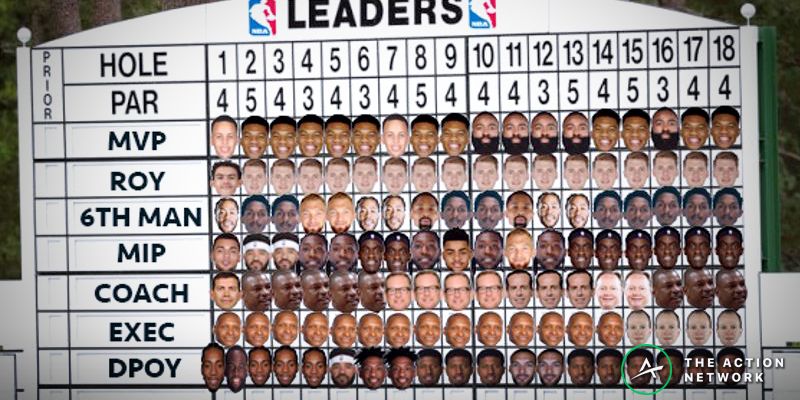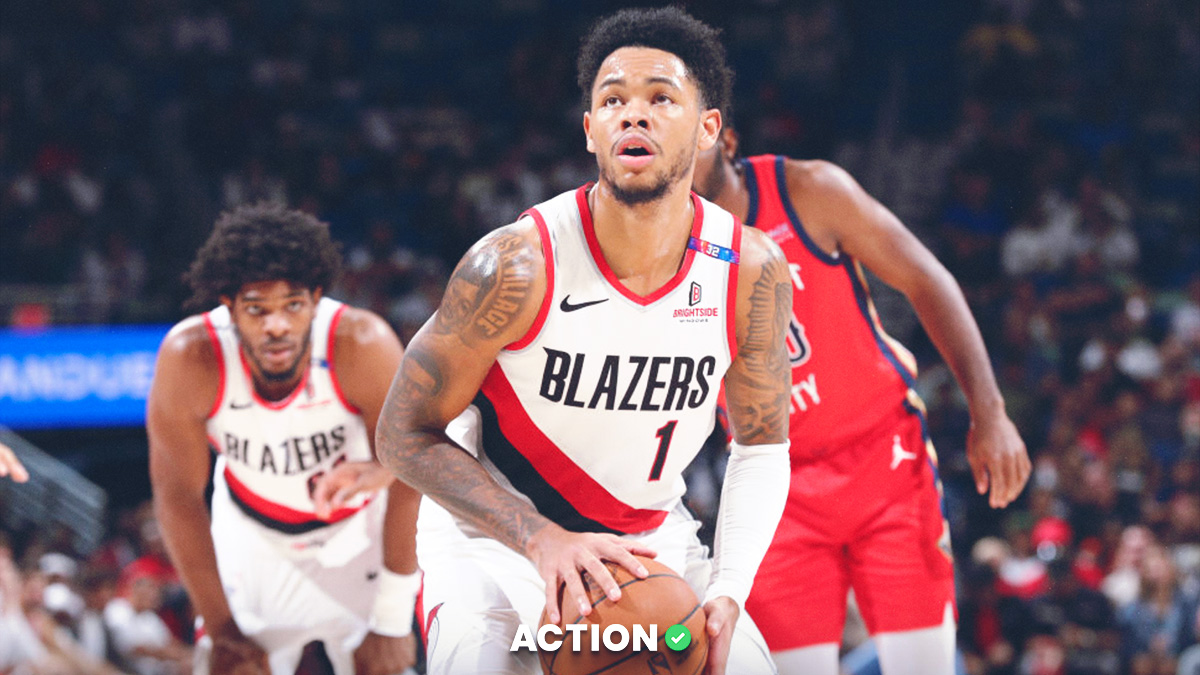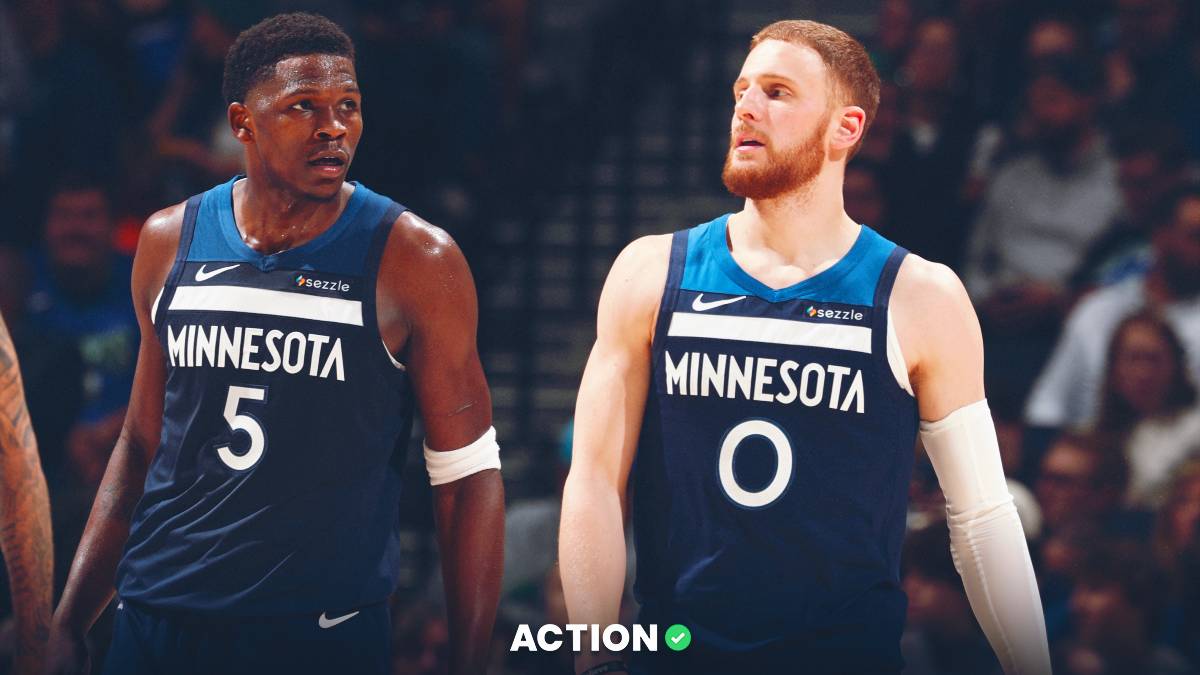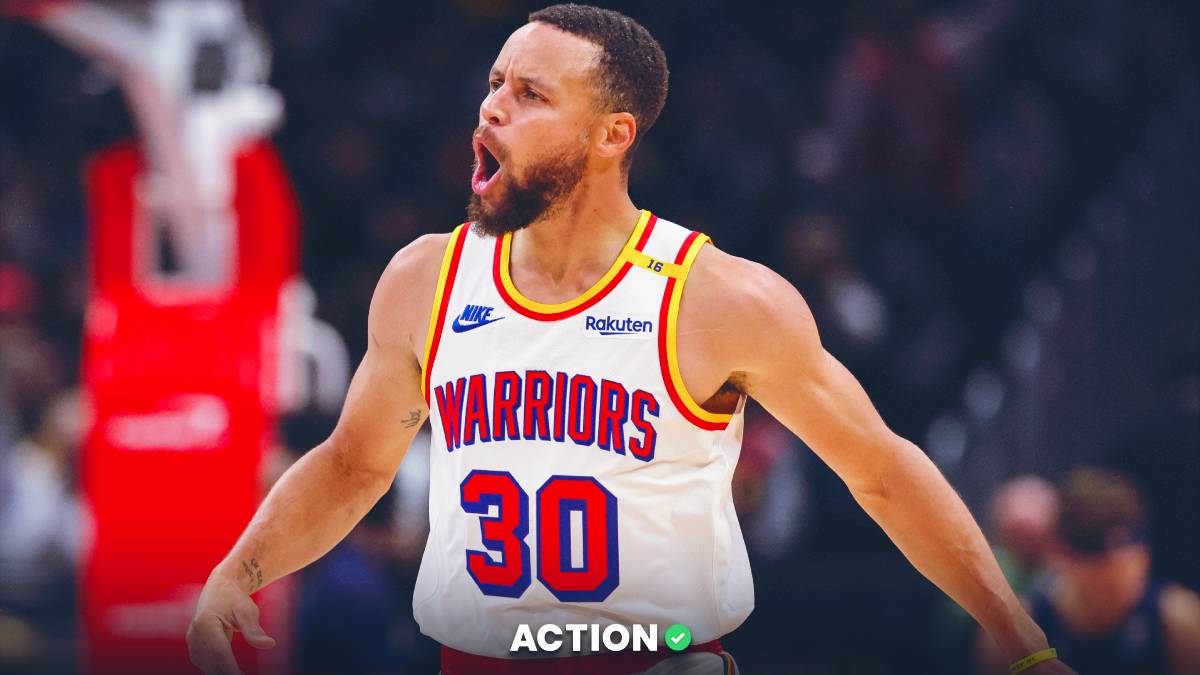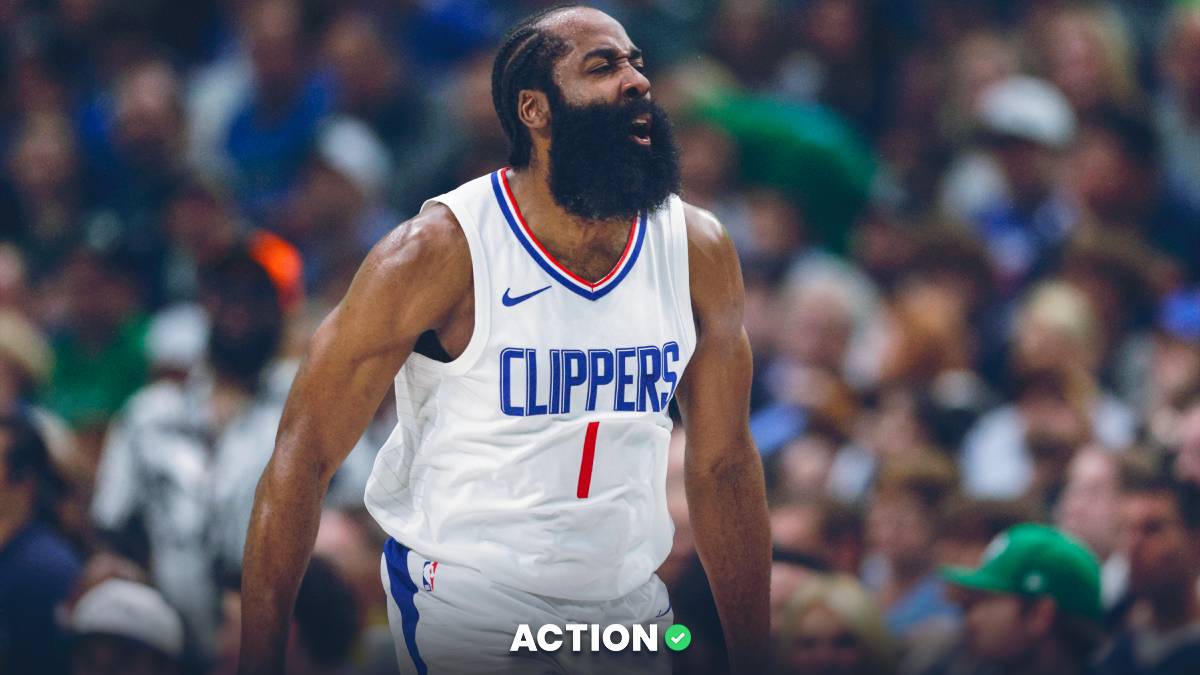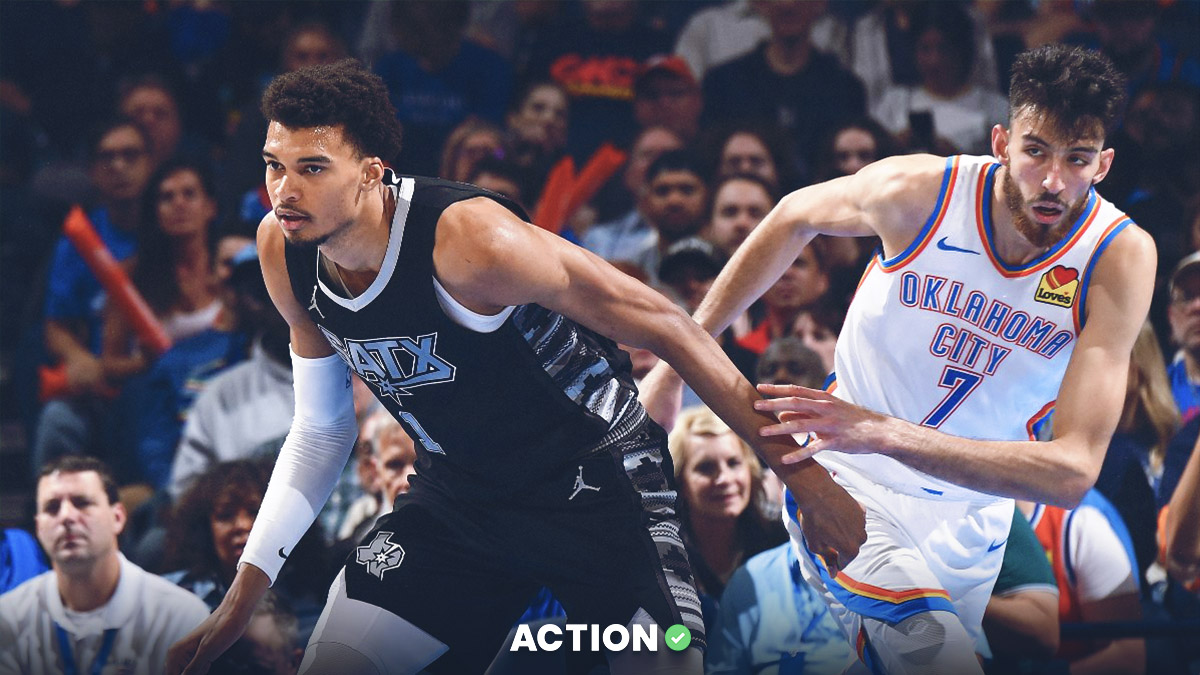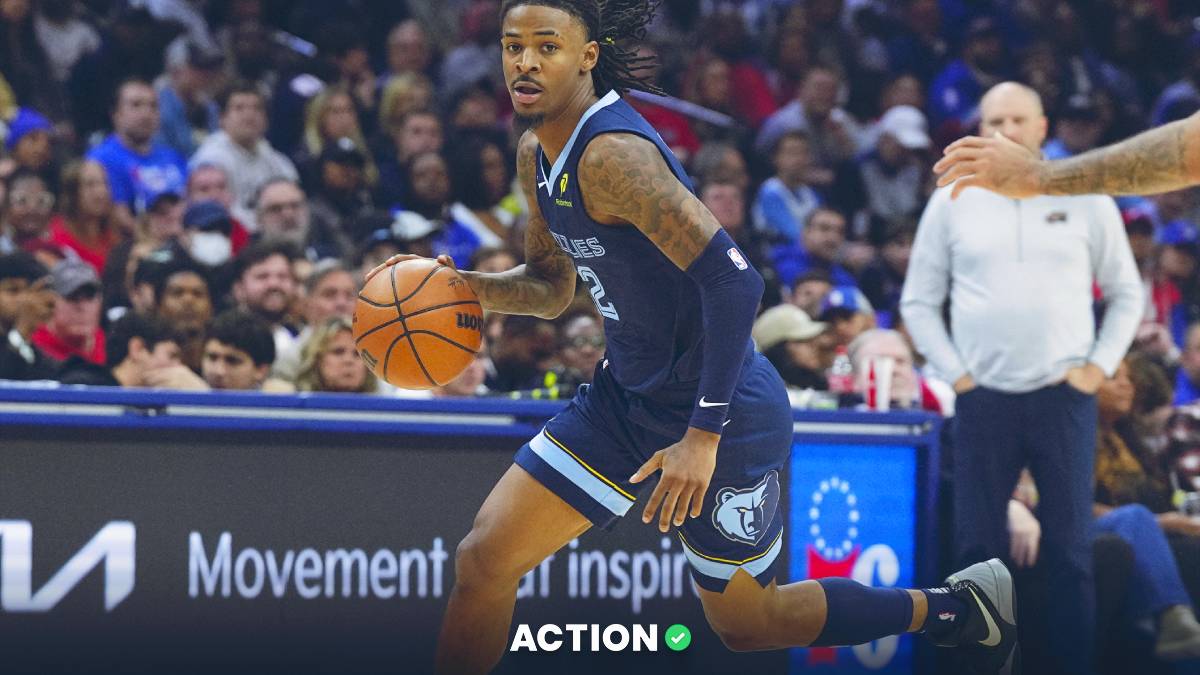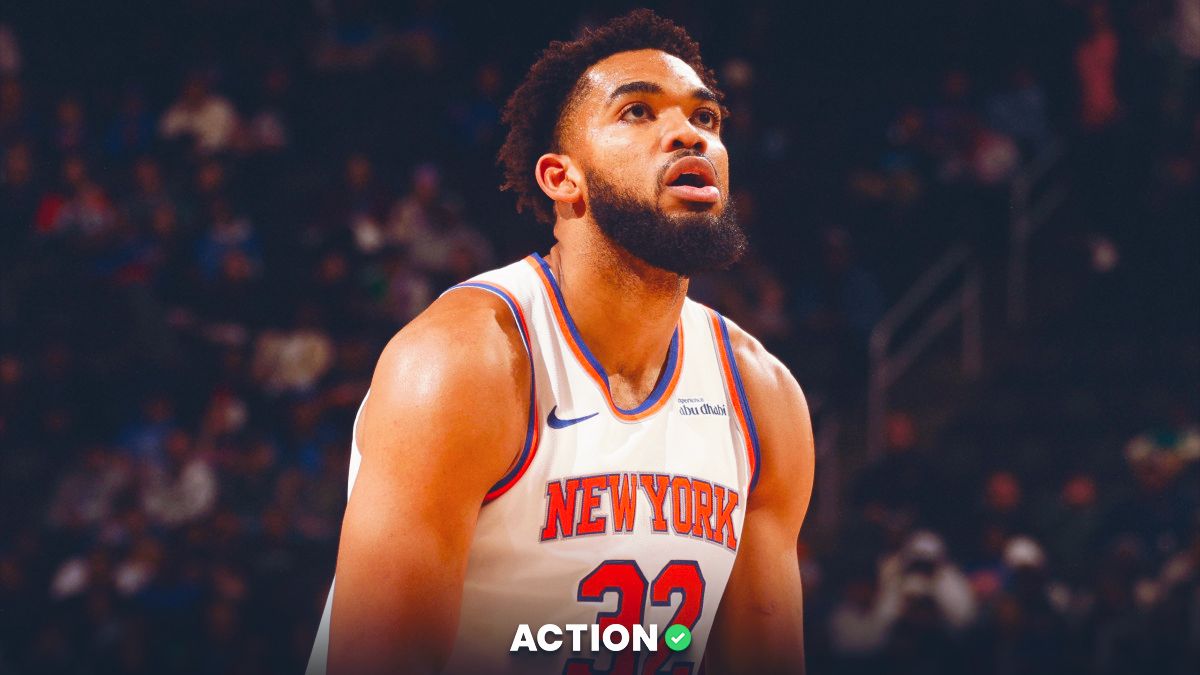The first round of the NBA Playoffs begins on Saturday. Using the Bet Labs database, I have identified historical NBA playoff trend based on seedings in the first round.
Below you can find out which seeds tend to be undervalued against their first round opponents.
1-seed vs. 8-seed
Since the 2005, 1-seeds are 109-39 (73.6%) straight up (SU) in the first round of the playoffs. Only five 8-seeds have upset the top seed in a series, but it has happened three times since 2007 (2007 Warriors over Mavericks, 2011 Grizzlies over Spurs and 2012 76ers over Bulls).
But just because 1-seeds usually win doesn't mean they cover consistently. The top teams in each conference have combined to go 76-69-3 (52.4%) against the spread (ATS) in the opening round.
The top seeds have had more success when facing an opponent that is .500 or worse, going 37-25-2 (59.7%) ATS. The Pistons needed a win in Game 82 of the season to clinch a playoff spot, and finished at an even 41-41. The top-overall seeded Bucks host the Pistons on Sunday (7 p.m. ET, TNT).
2-seed vs. 7-seed
Two-seeds are 107-37 (74.3%) SU vs. 7-seeds in the first Round. The last 7-seed to win a series was the Spurs in 2010, who upset the Mavs. San Antonio wasn’t much of an underdog, listed at +130, the shortest price for a 7-seed since 2008 according to SportsOddsHistory.com.
Unlike 1-seeds, 2-seeds tend to cover in the opening round, going 86-52-6 (62.3%) ATS. One-seeds are often overvalued and have trouble covering inflated lines while 2-seeds go overlooked by the betting public.
Two-seeds cash tickets in nearly every situation:
- As underdogs: 12-6-2 (66.6%) ATS
- On the road: 38-22-4 (63.3%) ATS
- Against the public (less than 50% of bets): 21-13-2 (61.8%) ATS
The Raptors and Nuggets are the 2-seeds in their respective conferences, and each team will be in action on Saturday.
3-seed vs. 6-seed
Three-seeds, like 1s and 2s, have home court advantage in the first round, but have won less than 60% of their games (94-67 SU) since 2005. The talent gap isn’t as pronounced between 3-seeds and 6-seeds, which has led to more 3-seeds listed as underdogs. When getting points, 3-seeds have gone 17-29 (37.0%) SU.
Three-seeds are 75-82-4 (47.8%) ATS in the first series of the playoffs and have just four profitable postseasons in the past 14 years. Where 3-seeds have really struggled is against division opponents. In these matchups, the 3-seeds are 15-25-2 (37.5%) ATS.
Division opponents likely have more success against 3-seeds because of the increased familiarity. This year, both conferences feature divisional 3-6 matchups, as the 76ers will host the Nets, and the Blazers will host Oklahoma City.
4-seed vs. 5-seed
Seeding doesn’t matter much in this matchup, as 5-seeds are 86-79 SU since 2005. Oddsmakers do a good job identifying the team that should win, though. Favorites in 4-5 games have gone 112-53 (67.9%) SU.
Four-seeds have struggled to cover the spread in the playoffs since 2005, going 73-88-4 (45.3%) ATS in the opening round. It has been even worse since 2010, as 4-seeds are just 34-57-4 (37.4%) ATS.





